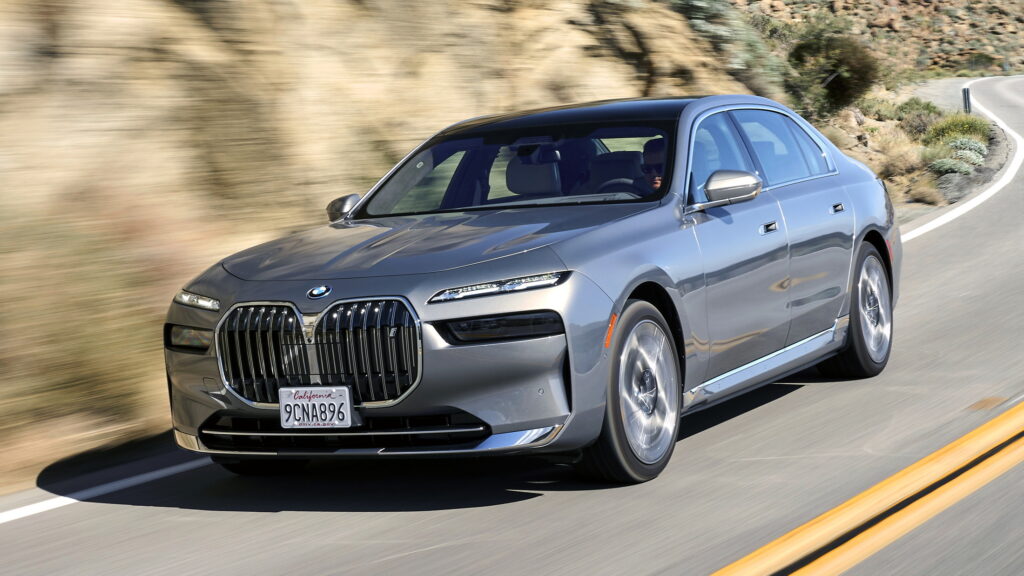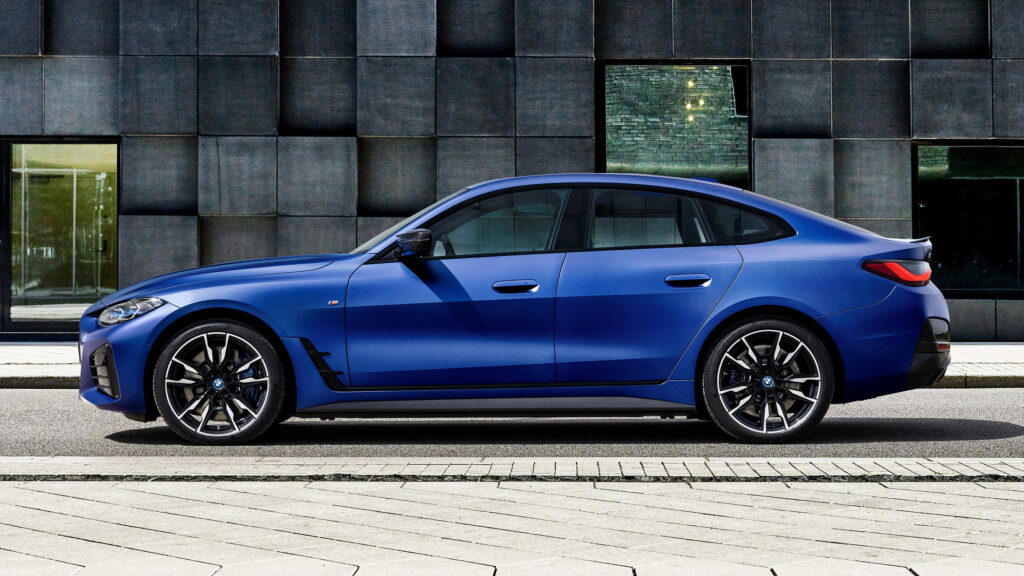Suffolk Transportation, Past-President Noble Among NSTA Honorees at Recent Convention
The National School Transportation Association named Long Island, New York contractor Suffolk Transportation as its Contractor of the Year and inducted former president Carina Noble to its Hall of Fame during the Annual Meeting and Convention in Boston, Massachusetts.
School Transportation News is in its third year as sponsor of the NSTA Contractor of the Year award.
One of the largest school bus contractors in New York state, Suffolk Transportation Services and Suffolk Bus was established in 1955, though the company traces its origins to 1922, and was acquired in 1970 by John A. Corrado. John J. Corrado currently serves as president and CEO with his sons John R. and Joseph as assistant vice presidents. Suffolk Bus transports 62,000 students in 24 Long Island school districts each school day with 1,800 school buses over 1,500 routes.
“This award is a testament to the passion, integrity and professionalism of every member of our team,” said Thomas Smith, Suffolk’s chief operating officer. “Their dedication to safe, reliable service, a strong company culture, and leadership across the student transportation industry inspires me every day. We’re proud to stand with our fellow NSTA member companies in raising the bar for what excellence in pupil transportation truly means.”
Thomas McAteer is executive vice president and Angelo Carbone is director of the company’s transit and paratransit operations for Suffolk.
Meanwhile, Noble joined the NSTA Hall of Fame following her term as the association’s president from 2021 to 2023. She is the senior vice president of communications for National Express, the second largest school bus contractor in North America.
NSTA credited her with helping to obtain a two-year exemption from the Federal Motor Carrier Safety Administration for under-the-hood requirements of the school bus inspection exam needed for the commercial driver’s license and amendments to the Clean School Bus Act that now allows private contractors direct access to grants.
“Carina Noble’s impact on NSTA cannot be overstated. She has served in a variety of capacities with the organization and left us in a better place each time. As government relations committee chair, Carina was focused and determined to use our advocacy platform in a positive way,” commented NSTA Executive Director Curt Macsysn. “Personally, I have leaned on Carina for advice and support over the years, and she has always come through with her calm and reasoned approach. I’m thrilled that she is entering into the NSTA Hall of Fame, and there isn’t a more worthy recipient.”
In all, NSTA awarded 18 members and two companies during its Annual Meeting and Convention, held July 20-23. STN President and Publisher Tony Corpin joined Macysyn in presenting the magazine’s Innovator of the Year award to Guarav Sharda, chief technology officer of Beacon Mobility, for his direction and implementation of AI-based HR tools for employees. Sharda was also recognized at STN EXPO West a week earlier.

Six individuals also received NSTA Golden Merit awards for their dedication and contributions to school bus safety, community service, business practices and vehicle maintenance. They are Glenn Brayman, fleet manager for First Student in Massachusetts; Melissa Castle, a location manager for Mid Columbia Bus in Oregon; Michelle Harpenau, manager for Durham School Services in Boston, Massachusetts; Kevin Kilner, director of safety for Beacon Mobility; David Kinley, vice president of operations in New York for Student Transportation of America; and Barbie Stucker, general manager of Big Sky Bus Lines in Montana.
Distinguish Service Awards were given to Paul Mori, the New York director of client relations for Beacon Mobility and Susan Rady of Johnson School Bus Service in Wisconsin, for “significant, substantial and special contributions to pupil transportation contracting.”
NSTA Outstanding Driver Service Award Recipients went to Linda Caudillo of Mid Columbia Bus Company; Jeffrey Flitcraft of B.R. Williams in Pennsylvania, Kilra Hylton of TransAction Associates in Massachusetts, Duane Versteegh of School Bus Inc. in South Dakota, and Becky Williams of Dousman Transport Company in Wisconsin.
First Student took home the Go Yellow, Go Green Award for adopting and advancing electric school buses, which the company operates over 2,000 across North America. Tim Weaverling of insurance provider RWR-Keystone was named Committee Member of the Year while John Benjamin, president of Benjamin Bus in Minnesota was named Committee Chair of the Year. Lee Edwards of Wells Fargo Equipment Finance was awarded Vendor Partner of the Year.
Related: Historic Year for Minnesota School Bus Contractor Punctuated by NSTA Award
Related: NSTA: The Bus Stop with Tony Corpin, Publisher, School Transportation News
Related: Update: I Squared Completes Acquisition of National Express School Bus Contracto
The post Suffolk Transportation, Past-President Noble Among NSTA Honorees at Recent Convention appeared first on School Transportation News.

























